Badami


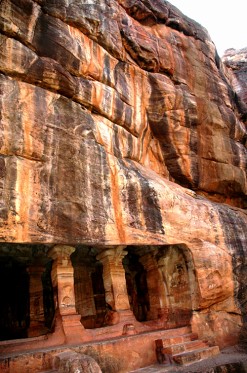


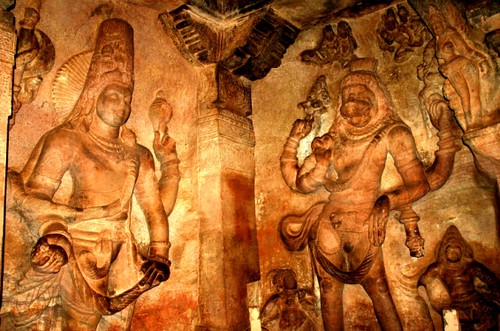
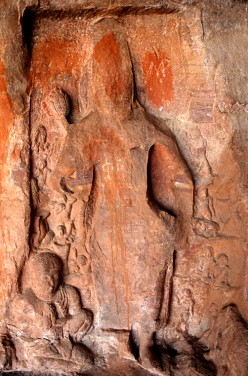
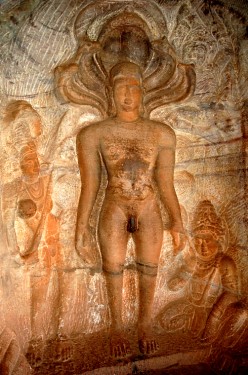
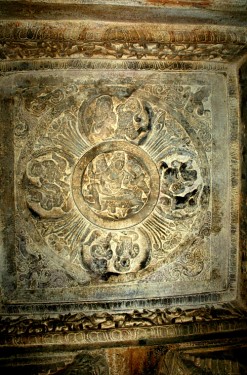
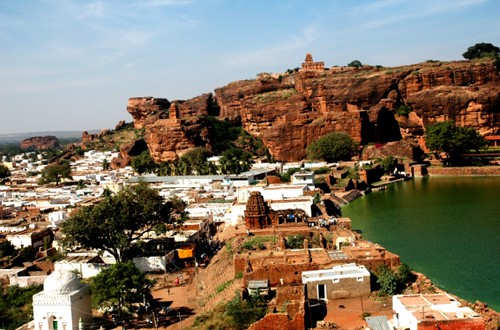
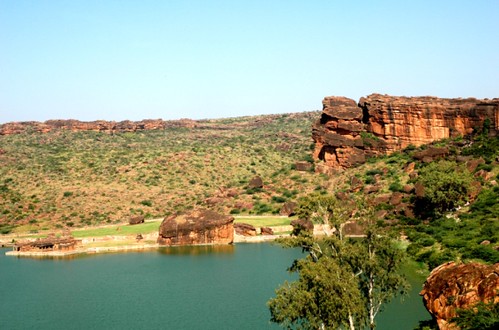
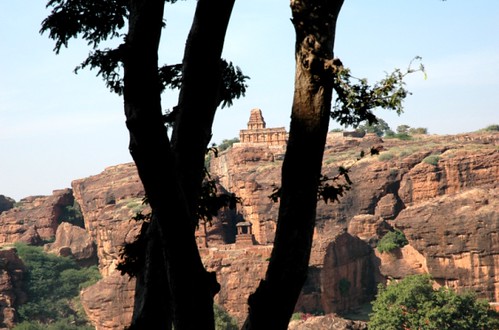
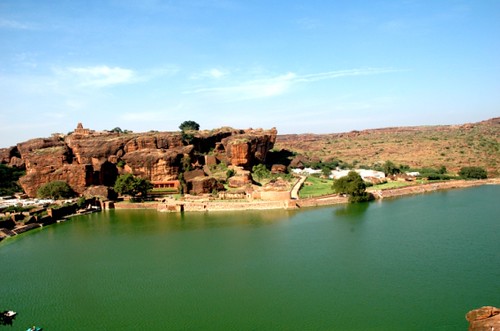
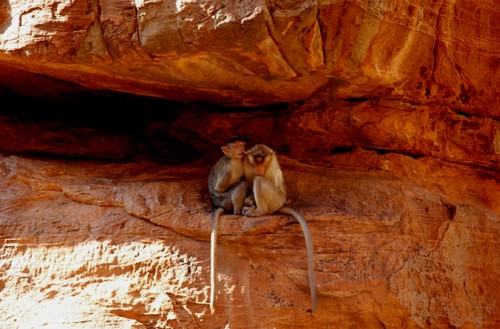
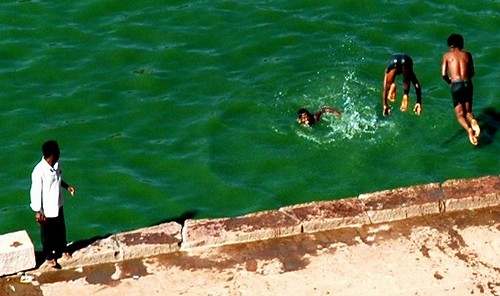
The Chalukyas rose to power in the Deccan from the fifth century and ruled till the eighth; and again in the tenth, to last till the twelfth century. They reigned over the area between the Vindhyan mountain-system and the river Krishna, i.e. western Maharashtra and northern Karnataka. “In the course of his wanderings around India, [the Chinese sage] Hsuan Tsang traversed an area of the western Deccan which he calls ‘Mo-ho-la-ch’a’. The translation of proper names from Chinese back into Sanskrit often stretches credulity, but in this case there is little room for doubt: by ‘Mo-ho-la-ch’a’ Hsuan Tsang meant Maharashtra … [he] found the soil rich and fertile, which in parts it is; the people were honest but implacable, and they included ‘a band of champions’ who, when both they and their elephants were fired up on alcohol, proved irresistible in battle. ‘No enemy can stand before them’, wrote the visitor, wherefore the king was able to ‘treat his neighbors with contempt.’ The name of this contemptuous sovereign was given as ‘Pu-lo-ki-she’, otherwise Pulakesin II.” (John Keay, India: A History.)
Pulakesin II, who was contemporaneous with Harshavardhan and bested the monarch of Kanauj in a defensive war, was the grandson of first great ruler of the Chalukya dynasty, Pulakesin I, the founder of Vatapi (the ancient name of Badami.) The rock-cut temples at Badami were built between 547 and 630. They span four caves on a vertiginous cliff-face. The first (lowest) is dedicated to Shiva; the second and third to Vishnu; a track leading up between the caves contains a shrine to the Padmapani Buddha (now defaced); the fourth to Mahavira and the Jain tirthankars. The caves overlook a lake, freestanding temples built later in Chalukyan rule, and the town of Badami.
The Chalukyas of Badami were defeated by the Rashtrakutas in 743. Another branch from Kalyan arose in the tenth century, and in its time it was succeeded by the Kalachuris, the Yadavas of Devagiri and finally the Sultanate of Bijapur.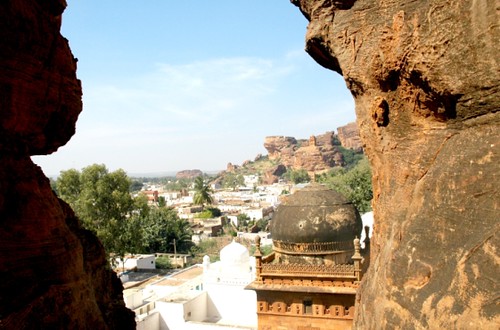


6 Comments:
Hi! I study history of Indian art and now I'm wrighting a diploma project about Avalokiteshvara Litany in Deccan. You have really great and clear picture of that from Badami. I made my own as well, but it appeared to be too small, unfortunately. If there is any possibility for me to get your picture of a better quality, it would be just great. And for science as well!:)))
Sorry for disturbing you, if my request is totally inappropriate.
See http://www.grandpoohbah.net/Grandpoohbah/images/India2005/badami/index.html -- if you need higher res of a specific one let me know which one and I'll see what I can do.
Thanks a lot for the link!
If it's possibile to get the bigger pic of Avalokiteshvara Litany (http://www.grandpoohbah.net/Grandpoohbah/images/India2005/badami/slides/Padmapani%20Buddha.html), I'll be very grateful:)
This comment has been removed by the author.
That's just great! All details are clear - it's perfect! Thanks! Sorry for bothering you:)
http://www.grandpoohbah.net/Grandpoohbah/images/India2005/Selected-Originals/Badami/DSC_0192.JPG.
gives you a 2MB resolution. Good luck with your project.
Post a Comment
<< Home